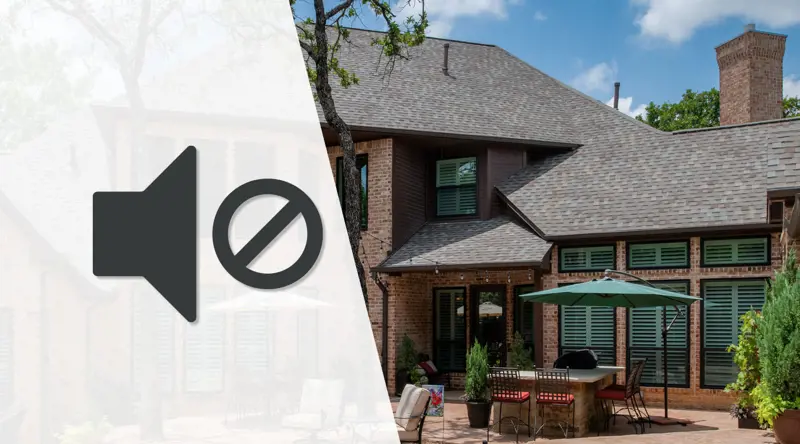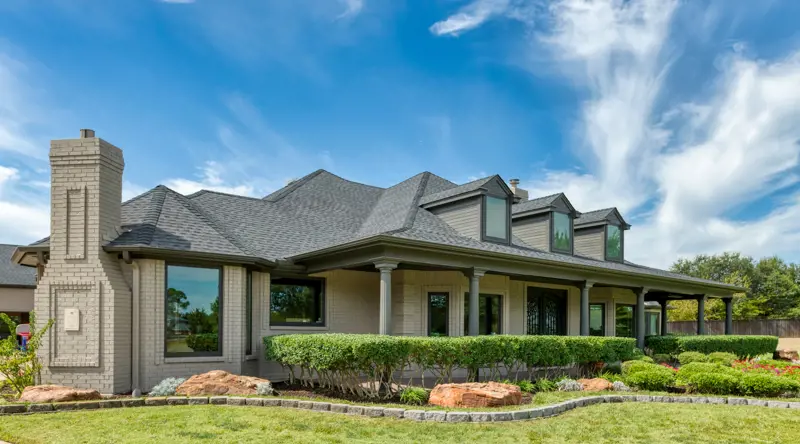
Sound Reduction Windows
What are sound reduction windows?
Sound reduction windows can help block noise pollution and make your home quieter. These windows often use offset or dissimilar glass. One pane of glass uses different thicknesses and densities of material, breaking sound waves into different frequencies and reducing their intensity to increase your peace and quiet. Many manufacturers offer dissimilar glass, and people often use it in home offices and businesses with offices near factory floors.
People usually measure the effectiveness of noise-reducing windows with the Sound Transmission Coefficient (STC) scale. Every increase of 10 in the STC rating means the sound passing through the glass is halved. A higher STC means better window sound reduction.
Where are sound reducing windows recommended?
People often use noise-blocking windows near highways, train tracks or stations, airports, schools, or construction zones. They can also reduce sounds from landscapers who visit you or your neighbors early in the morning. When you add noise control windows to a nursery or home office, you can help keep your family members from disturbing each other or getting on each other’s nerves.
Is laminated glass soundproof?
Laminated glass can help with soundproofing and reduce noise pollution. To make laminated glass, people use heat and pressure to unite two sheets of glass with a sturdy inner layer. For the most soundproof glass, look for dissimilar or triple-pane windows with laminated glass layers. Laminated glass can also block UV rays and make injuries from broken or shattered glass less likely. It’s harder to break than single-pane glass, so it can make your home more secure. It can also be more energy-efficient.
Window sound reduction tips
If you’re not quite ready to install a new set of windows for your home or office, you can use other methods to reduce sound pollution. DIY soundproof window inserts can help reduce noise levels by up to 70%, and you can press them in place easily, with no special tools. Custom-made soundproof window inserts usually work better because they fit window frames more precisely. You can choose polycarbonate sheets, acrylic, or foam inserts.
Sound-dampening curtains can beautify your space while blocking sound pollution and sunlight. They’re more expensive than window inserts but cheaper than having your windows replaced. You can place them behind your existing curtains if you don’t want to change the look of your home, and they can make your house more efficient. People often use these curtains to eliminate noise when making recordings or hosting radio shows.
If you have an older home, you could start to see some cracks or gaps appearing in or around your windows. If you see lots of gaps or your utility bills increase, you can save some money on your bills and reduce noise pollution by using acoustic caulk to seal the gaps. It can help prevent drafts and water damage as well.
There are many ways for you to maximize your home’s soundproofing and increase your peace and quiet. To find out more, contact us at Brennan. We offer an impressive range of options, and we can help you increase the value of your Arlington, Texas, home while making it more comfortable. We’re open on weekdays from 9 a.m. to 5 p.m.
Oops!
We don't currently serve your area but do want to help you plan your project. Try our Build & Price tool to get an idea of window & door costs within DFW. Your area may be higher or lower but at least you'll have some idea of the price.
Thanks for stopping by.








